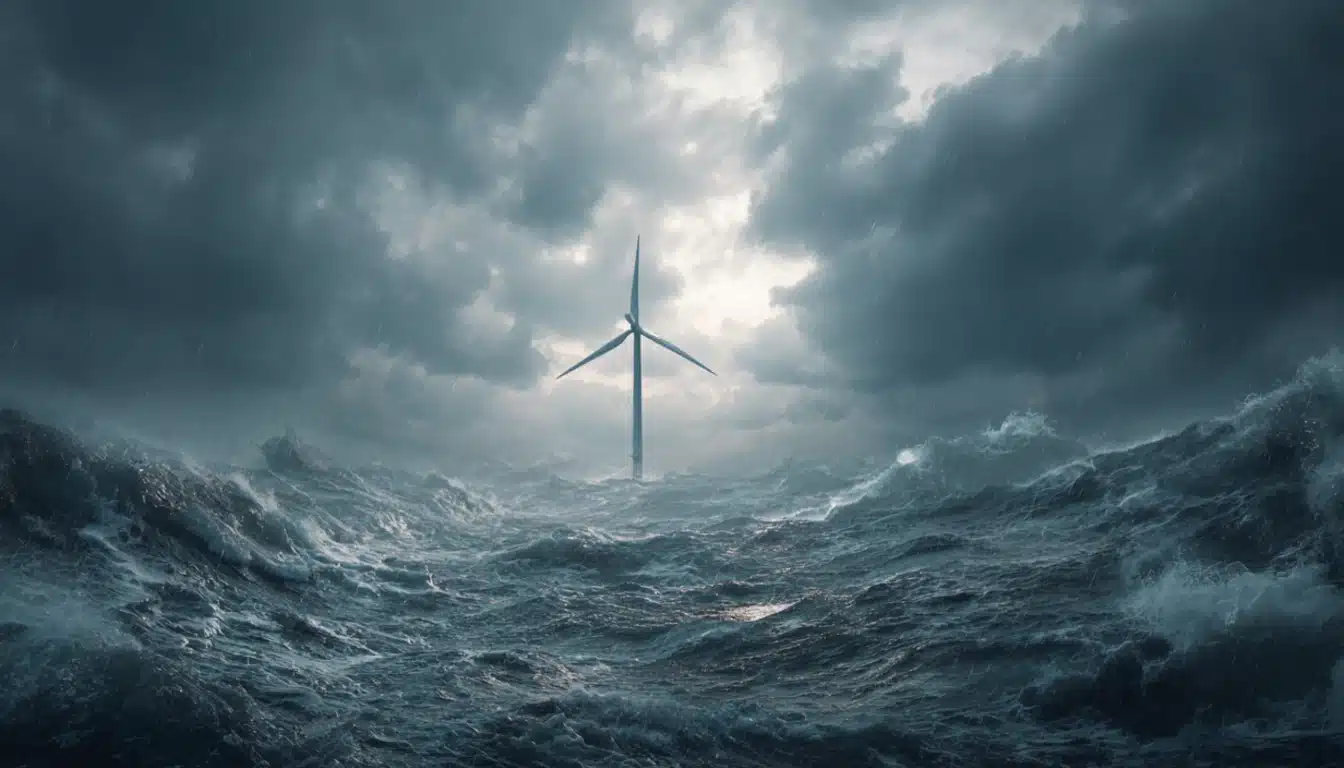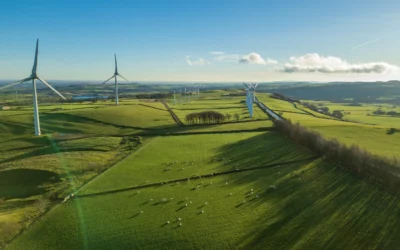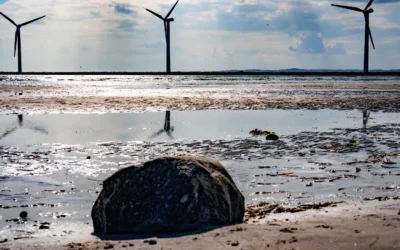China has revealed the world’s most powerful direct-drive floating offshore wind turbine, capable of surviving level 17 typhoons and 24-meter waves, promising near-continuous clean electricity for 40,000 households while advancing offshore wind tech in deep waters.
China has unveiled what is being hailed as the world’s most powerful direct-drive floating offshore wind turbine, marking a significant advancement in renewable energy technology. Developed collaboratively by state-affiliated corporations China Huaneng Group and Dongfang Electric Corporation, this colossal turbine stands as tall as a 50-storey building. It is designed to harness the stronger and more consistent winds found in deep offshore waters, where more than 80 percent of global offshore wind resources reside, rather than relying on conventional onshore or fixed offshore turbines.
The turbine boasts an impressive rotor diameter of 262 meters, with its blades sweeping over an area of approximately 53,000 square meters—an expanse roughly equivalent to seven and a half football fields. Its hub, the centre point of the spinning blades, is positioned at a height of 152 meters. Such dimensions enable it to generate an annual output of about 68 million kilowatt-hours of clean electricity, which is sufficient to meet the energy needs of roughly 40,000 households.
What sets this turbine apart is not only its size but also its robust engineering aimed at surviving the harshest maritime conditions. It has been constructed to withstand severe typhoons reaching level 17 on the storm scale and endure waves exceeding 24 meters in height. To achieve this, the turbine is mounted on a floating base equipped with intelligent stabilization systems that counteract the relentless motion of the open sea, ensuring the structure remains stable and operational for extended periods. This resilience translates into a remarkable temporal availability rate of 99 percent, allowing the turbine to produce clean energy almost continuously throughout the year.
The choice of a floating platform is particularly strategic given China’s geographic realities. Many of its most promising wind sites are located in deep waters beyond 60 meters, where traditional fixed foundations are impractical or cost-prohibitive. Floating turbines like this one enable China to tap into these abundant offshore wind resources, thereby accelerating its transition away from fossil fuels such as coal and contributing to cleaner energy production on a large scale.
Following its completion in Fujian Province, the turbine is scheduled for real-world testing in the waters off Yangjiang, Guangdong Province. This deployment will be key to validating the turbine’s performance under actual maritime conditions and could pave the way for wider adoption of floating offshore wind technology, not only in China but globally.
China’s development of this cutting-edge floating wind turbine underscores its broader strategic push into renewable energy sectors. While it is globally recognised for its dominance in automotive manufacturing and other industries, this landmark project in offshore wind energy signifies its ambition to lead in the global clean energy transition, leveraging innovation and scale to meet growing electricity demands sustainably.




